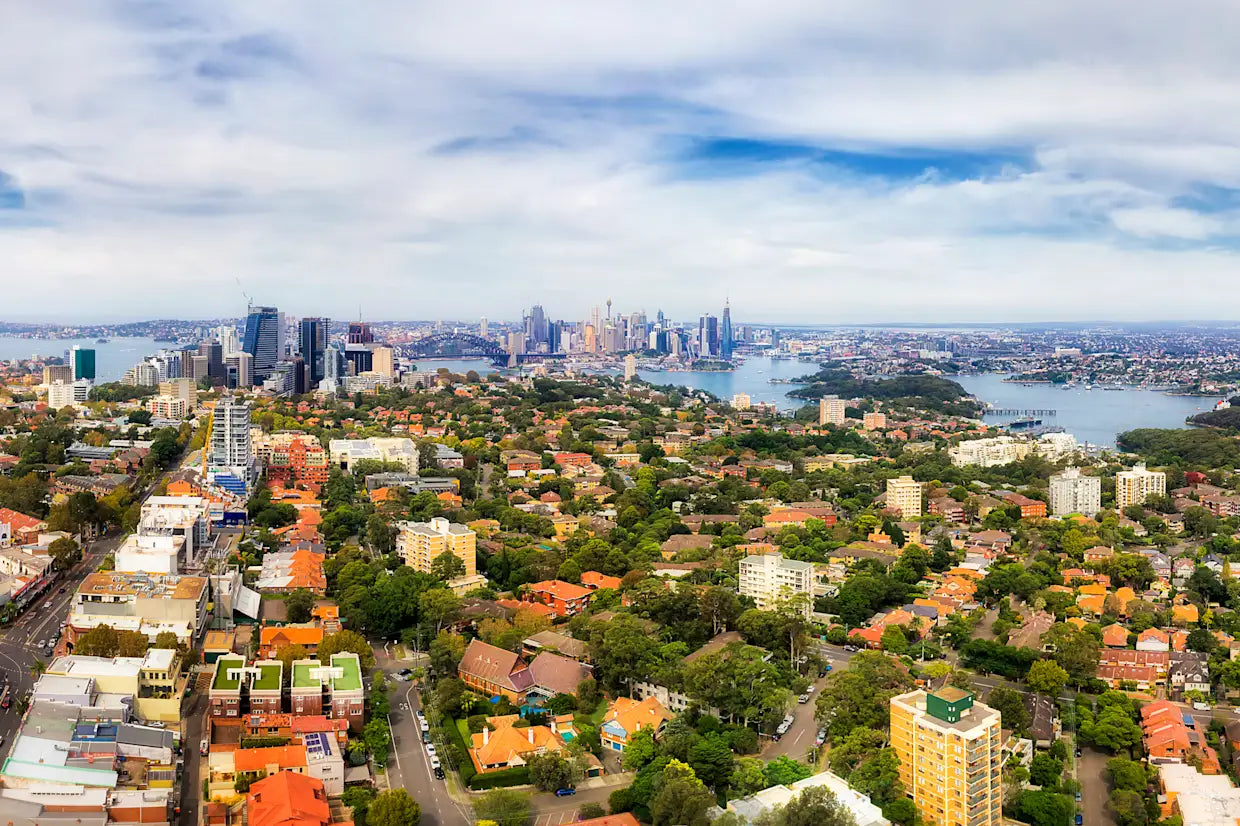A government initiative is reshaping Australia's housing landscape by enabling more first-home buyers to secure property, while also sparking a wave of development in areas with strong growth potential. The updated policy allows eligible buyers to purchase a home with as little as a 5% deposit, without the need for lenders mortgage insurance. This has widened access to homeownership across various income levels. However, as local councils respond to rising pressure by increasing housing density, questions are being raised about the long-term social and environmental effects of expanding suburban areas.
The updated first-home buyer scheme has led to more Australians competing for entry-level homes in a tight market. Aimed at easing cost-of-living pressures and addressing declining housing affordability, the scheme is encouraging buyers to enter the market sooner. As a result, attention has turned to growth corridors where rezoning and subdivisions are already in progress. These areas, especially in suburban and regional locations, are seen as offering the most accessible route to ownership, with vacant land becoming harder to find.
Subdivision activity is seeing strong momentum in Queensland, where councils in Brisbane, the Gold Coast, Sunshine Coast, Logan and Moreton Bay are actively promoting higher-density development. Brisbane’s “More Homes, Sooner” plan includes changes such as increasing height limits from three to five storeys and reducing minimum lot sizes to 300 square metres. A similar trend is visible in Western Sydney and Geelong, where high demand is prompting councils to revise zoning approaches and land use policies. Suburbs positioned near major transport upgrades, employment centres and lifestyle precincts are proving popular with both buyers and investors.
For investors, the shift in planning regulations presents a range of opportunities. Industry experts note that regional areas, particularly coastal towns, stand out due to more affordable land and lower competition. The key is to focus on properties with distinctive potential, including land with the capacity for future subdivision or parcels located in zones expected to benefit from infrastructure upgrades and population growth.
Still, as densification gains momentum, some experts are concerned the current approach may not be sustainable. There are growing signs of a disconnect between what is being built and what households require. Examples such as four-bedroom homes being squeezed onto small blocks point to planning systems that have not adapted to changing demographics. Most Australian households now consist of just one or two people, and the continued emphasis on low-density, large homes on the urban fringe may increase social inequality and place pressure on public services. Without better urban design, medium-density living options in well-connected areas and adequate green space, Australia risks heading towards a more divided and resource-strained future.



